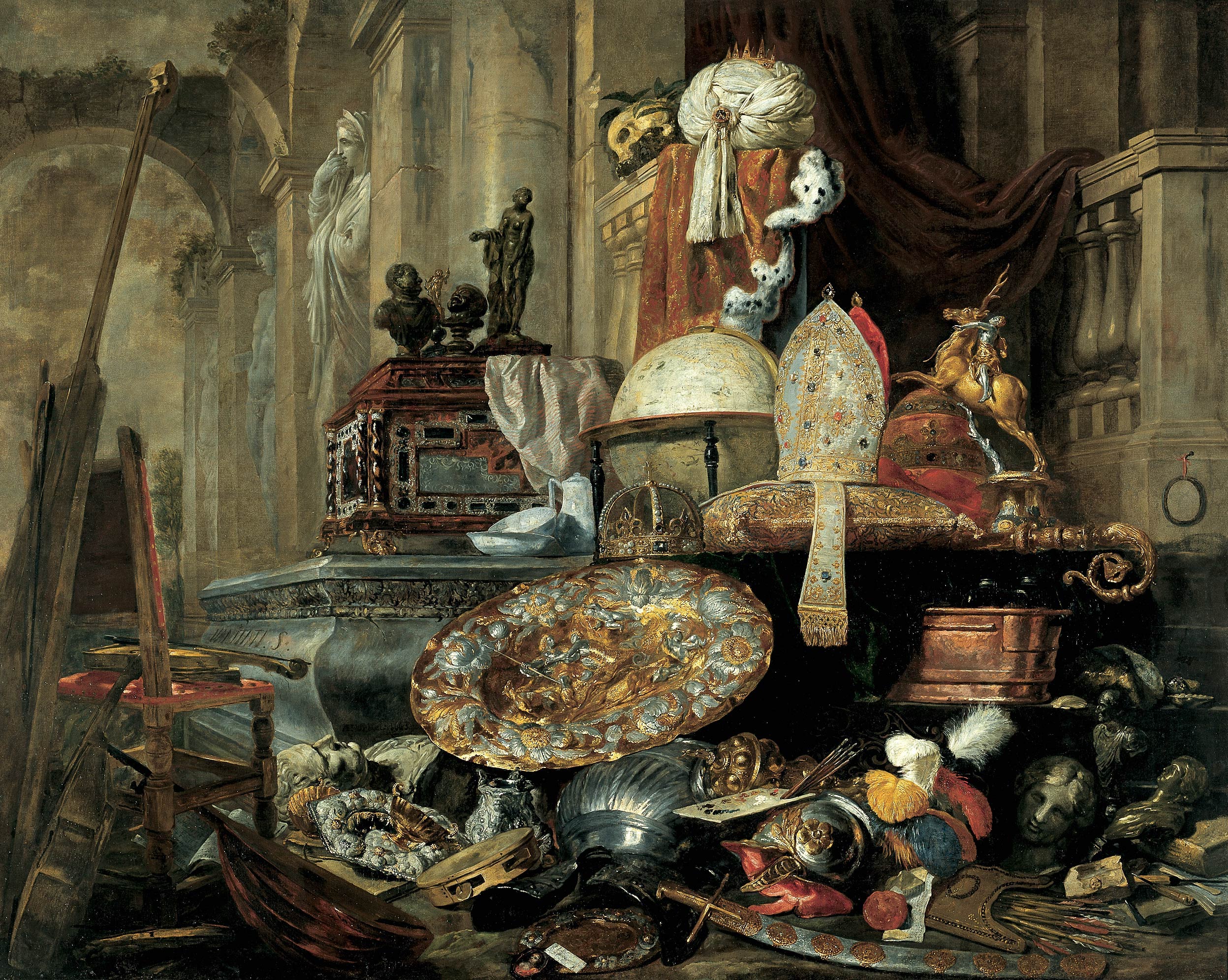 Our Church: A Personal History of the Church of England, by Roger Scruton. (London: Atlantic Books, 2012.)
Our Church: A Personal History of the Church of England, by Roger Scruton. (London: Atlantic Books, 2012.)
One of the most interesting public intellectuals in the English world has written about his love of the Church of England and the 1662 Book of Common Prayer. Roger Scruton, author of books on art and aesthetics, politics, eighteenth century philosophy, religion, wine and hunting, has written Our Church as a personal history to explain his attachment to the Church of England.
One might wonder at his purpose in writing this impressionistic, personal, and somewhat apologetic, book, but in large part it seems to be rhetorical, to convince his fellow countrymen to love and protect their religious and cultural inheritance. English character, English architecture, English literature, politics and society, he argues, have been inspired by the beauty and holiness of the Book of Common Prayer, and the Church’s witness to the transcendence of God in everyday life.
Scruton’s own faith grew with his conscious acceptance that there are things real and beyond questioning which are not simply subject to philosophical analysis. Worshipping with the 1662 BCP in his own parish in the village of Garsdon was central to his coming into the faith. To worship, in word and music, in a manner that reaches back across so many generations, was a refuge from this age of divisive political ideologies fracturing the English nation, a nation which was once a single culture, with common habits, customs, and language shaped by the Book of Common Prayer and the King James Bible.
Scruton has many followers among young conservatives seeking to escape the left-right ideological divide, and find the transcendent. I observe this among my own students who speak highly of his documentary which followed upon his book, Beauty: A Very Short Introduction, in which he argued that beautiful things are necessary to human life, to happiness. The human soul needs beautiful art and architecture; it needs religion; it needs public spaces other than those produced by our soulless and utilitarian planners.
Scruton may not offer the best argument in defense of the theology of the Church of England. Yet as a description of his encounter with the faith, it does not preclude another argument being made. He prompts the reader to ask: how many people are attracted to Anglicanism for similar reasons, for its stability, beautiful liturgy and music, and its connection to ancient things? Is the rise of modern evangelicalism, the Americanization of the Anglican Church, a hindrance or a roadblock some who would otherwise love Anglicanism? In our race to embrace the success of ‘popular’ worship, are we neglecting the fact that beauty and traditional practices draw some people to the faith?
Excerpts from Our Church:
“The beautiful and the sacred are adjacent in the human psyche, and to neglect or abuse the one is to neglect or abuse the other. Hence liturgical words work on us as poetry works: not by spelling out what (if spelled out literally) would be the bald tenets of a system of belief, but by transporting us beyond the things of this world, into the timeless and placeless presence of the Creator.” (173)
To immerse oneself in the tradition of the Book of Common Prayer and Church of England is to look “upon the community, the nation and the history to which I belong through the illuminated window of the sacraments.” (128)
The sacraments “deliver another kind of doctrine from that which can be expressed in the neutral language of theology.” (173) “Those who see the controversy over the Prayer Book as ‘merely aesthetic’ are right – except that the word ‘merely’ misrepresents what is finally at stake. We seek for beauty in our lives because we know that beautiful things are meaningful – though with a meaning that cannot be put into words, since it is communicated directly or not at all. In a similar way we seek for sanctity in our lives because we know that sacred things are meaningful.” (173)
“You cannot read very far in English literature, listen very long to serious English music, or walk with your eyes open about towns and countryside without noticing that an enormous cultural effort has been expended on endowing England with an aura of home and redemption, and that the art devoted to this cause has leaned at every point upon a church that was doing the same.” (170)
“Hence we should not be surprised that, when the Church of England began to experiment with ‘alternative services’ in the seventies . . . it was the fellow-travelling intellectuals who made the most noise on behalf of Cranmer’s great gift to our nation. The Prayer Book Society, founded in order to ensure that the book was used at least sometimes in the church that had been built upon it, had the support of an array of secular intellectuals, including Christian agnostics such as Iris Murdoch and Alan Bennett, and the non-believing Jew Isaiah Berlin. For the lover of literature to describe the new services as ‘alternatives’ to Cranmer is like describing EastEnders as an ‘alternative’ to Shakespeare, or Lady Gaga as an ‘alternative’ to Bach.” (171)

